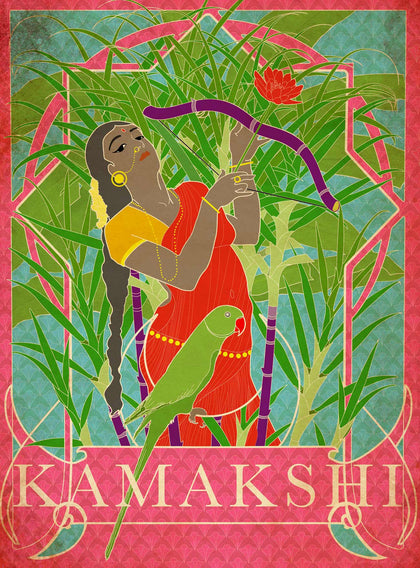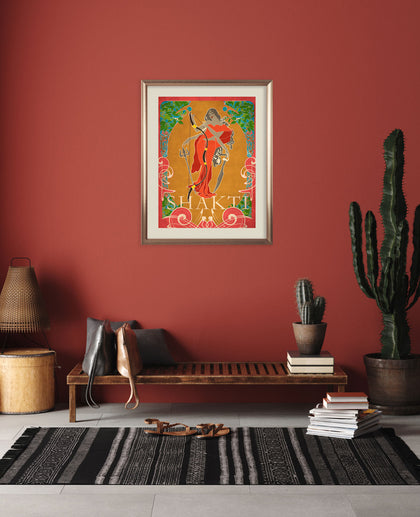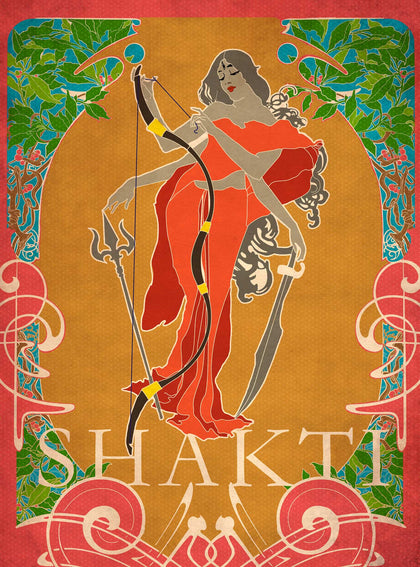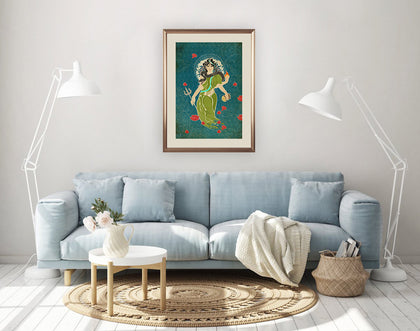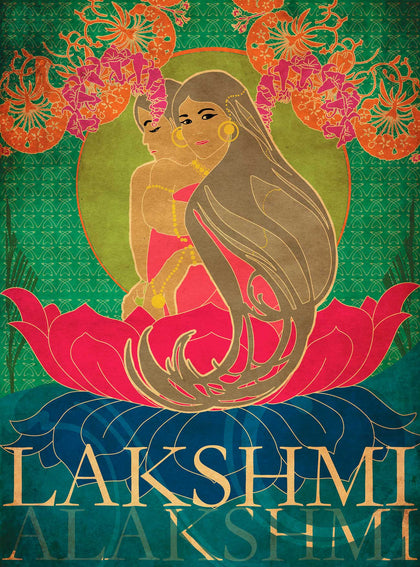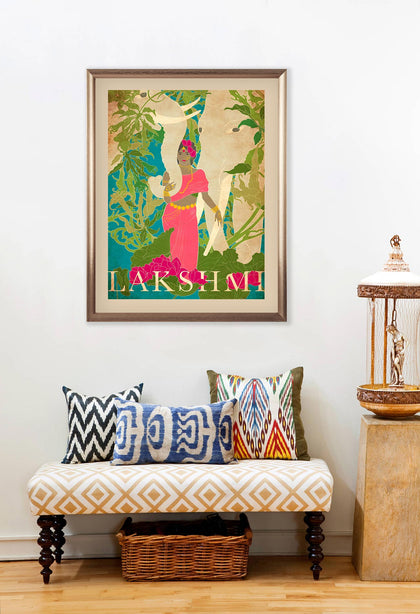Description
In a cosmos of affluent Asuras and entitled Devas, Poulomi moves. Paying little attention to their eternal combat, she chooses. She is Lakshmi the goddess of wealth, and like wealth, she is more desired than enjoyed. Her attention moves as she gazes over our small lives, with our slight victories and failures, only too aware of how little would survive us. From the ground, she had once risen, but only noticed in the skies, when her dazzle was in full bloom. We were made to understand, that this is how she always was - linked with our every swollen and unsatisfied desire. But as Poulomi, she reminds us of an earlier time, when she was a child, growing into a woman in her home, underneath the earth, hidden in the early hymns of the Vedas. A long age of both innocence and awareness, when Asura meant a divine being, still uncoloured by a later moral turn their stories took, spinning them into simplistic caricatures of demons and villains. An age for Poulomi, fathered, not just by one, but three Asuras. Varuna – the ocean, Puloman – the earth and Bhrigu – the teacher. Sharing her heritage with glorious asuras – Balli, Virochana, Prahalad. An age of innocence that changed as did she, only coming into herself as she moved away from home. Suddenly, capturing our attention, she arrived in the world of the gods. Astonishing the heavens with her glamour, she chose to sit beside a thrilled and bewildered Indra. Still, she remained restless and uncertain. Surly, she thought, the heavens must have someone more worthy of her. Sometimes she is seen as Nidhi – the goddess of treasures, sitting by Kubera, and King of the Yakshas (the nature spirits), making him the god of treasures. Poulomi changes lives on a whim, leaving a trail of uncertainty. Nervous gods and humans, unaware of whom she will favour next. Indra suffered in his insecurity, never able to truly enjoy her, eternally balanced on a shaky throne. She seemed to have appeared with no particular reason and now might leave just as mysteriously. Tormented by the knowledge that he was king and his kingdom was heaven because of her. Proving him right, her journey continued, till she finally and ultimately met Vishnu. The one God who could love, appreciate and revel in her and her choices, that made them the queen and king of heaven.
About the Series:
This artwork is part of the “Sister Misfortune” series, through which the artist, Smruthi Gargi Eswar, narrates lesser-known stories from Indian mythology, while reflecting on the narrative surrounding women in our culture. Various Indian goddesses (devis) are depicted with a refreshing artistic lens.
In India, there is a constant burden on women to be “Devi-like”. Through this series, the artist attempts a reverse deification of the goddesses, making them appear like real women, in a real world. The series is an exploration not just of duality, but of multiplicity. It compels us to question our attitudes - women towards themselves, men towards women. How does the idea of a goddess coexist within every woman? How do we, as a society, so casually dismiss, disrespect, disregard, and defile in our everyday existence, those who we have bedecked with gold and enshrined in a temple?




















































































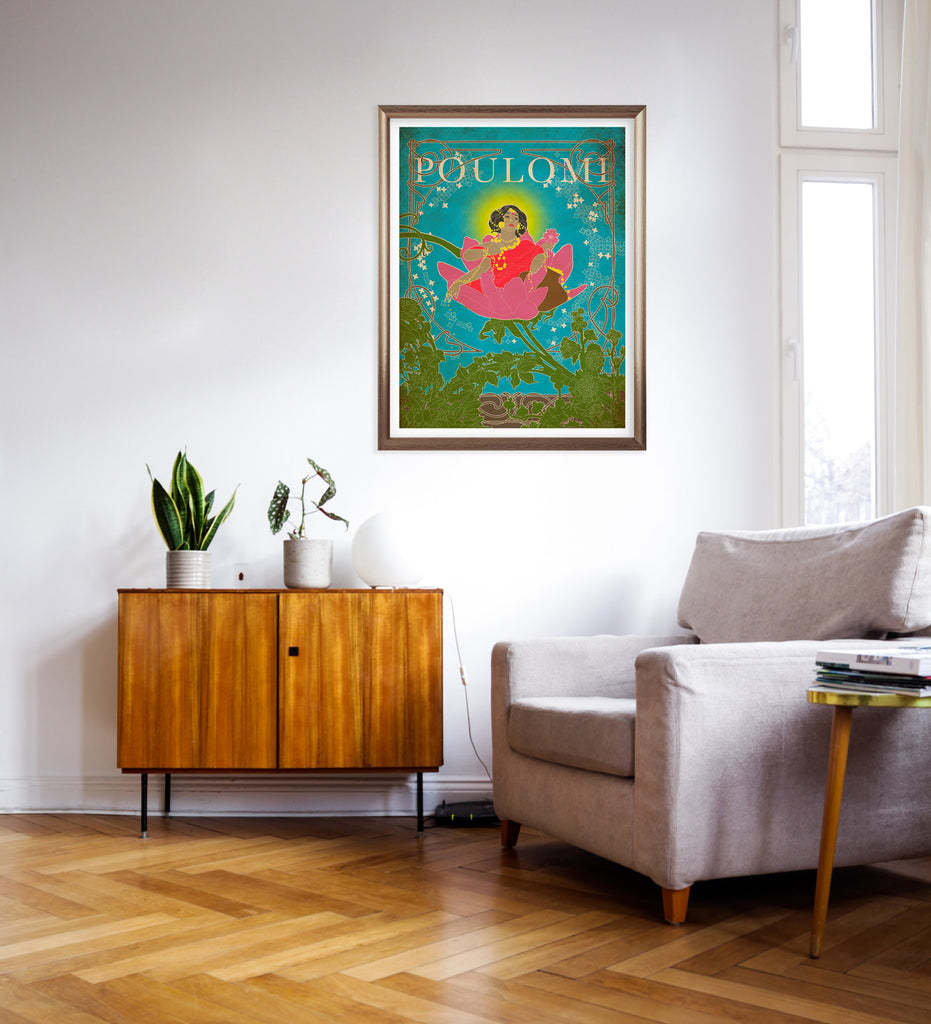



 View Full Screen
View Full Screen































